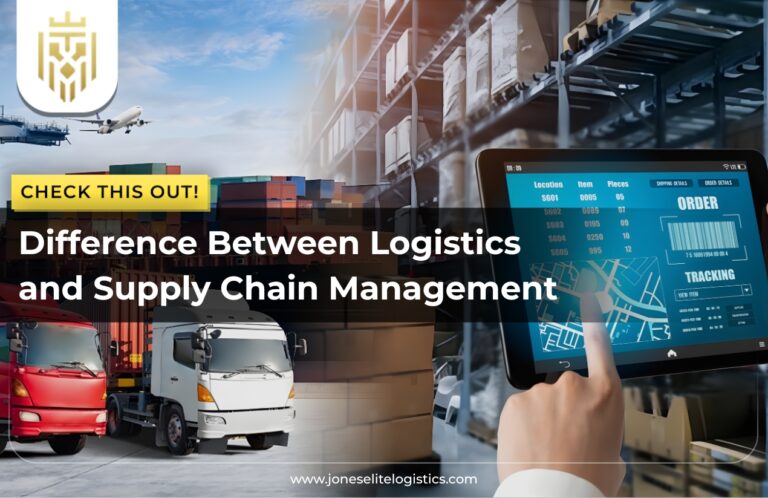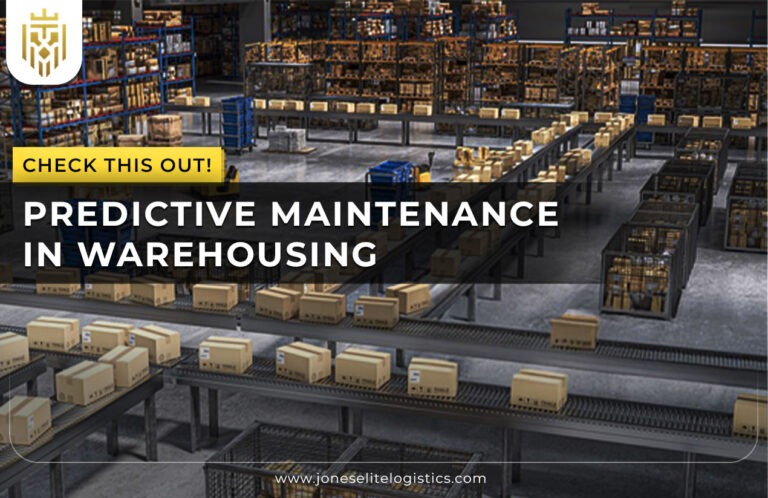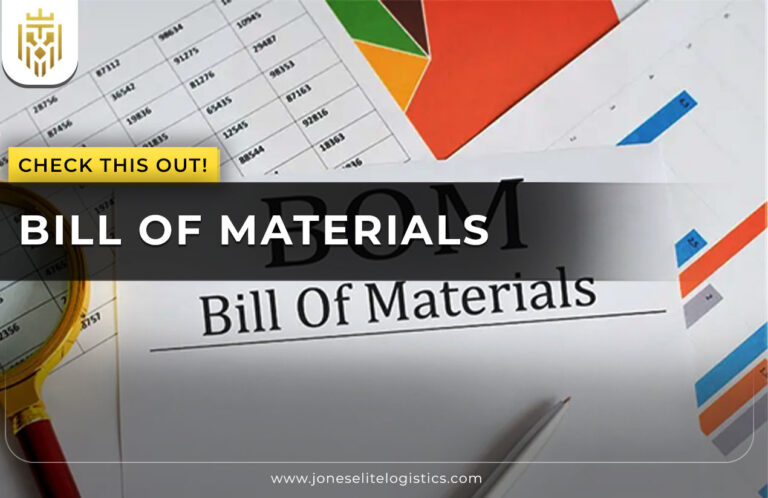What is IoT fleet management?
A cyberspace way for transporting large commercial vehicle fleets ensures the gathering, sending, and analysing of information by connecting those devices with sensors, trackers, and software for logistics performance, safety, and visibility improvements. While the Indian transport sector develops rapidly, IoT fleet management has enabled logistics companies to make data-supported decisions, such, routing optimisation, minimisation of operational risk, and delivery accuracy.
Components of IoT Fleet Management

Every IoT fleet system is made up of several components that work together to keep vehicles connected, visible, and manageable in real time.
IOT sensors
These sensors installed on vehicles serve the purpose of gathering data related to performance – vehicle fuel consumption, tyre pressure, engine state, driver behaviour, which is used for real-time diagnostic and monitoring of vehicle performance.
GPS Trackers
The GPS device gives the correct location data for tracking the vehicle in real-time and keeps it updated on the route. These services offer vital support for delivery coordination, theft prevention, and geofencing applications.
Communication Networks
Communication between the fleet and the central system happens through cellular, satellite, or Wi-Fi networks. Stable connectivity ensures seamless data transmission and uninterrupted monitoring.
IoT Platform
All connected devices pipe data into a central software platform where it is processed into meaningful information through automation, alerting, and centralised controls for fleet activities.
User Interfaces
Dashboards and mobile apps present the logistics managers with options to view, interpret, and act on information in a more human-centric style. They also support communication between the fleet and the central system through cellular, satellite, or remote decision-making and real-time reporting.
Technologies Used for Fleet Management
Several technologies are combined under IoT systems to make fleet operations smarter and more efficient.
Real-Time Vehicle Tracking and Monitoring
It enables positions of vehicles to be tracked in real-time, allowing companies to plan routes better and provide accurate ETAs to customers for deliveries.
Enhanced Safety and Compliance
As a continuous feed on driver behaviour, speed, and vehicle condition becomes available, logistics companies can also enforce regulatory compliance or avoid accidents.
Improved Delivery Management
IoT solutions assist in scheduling the delivery, which further manages delays by rerouting or changing delivery points in real time.
Asset Tracking and Management
Beyond vehicles, IoT tools also help monitor high-value goods being transported, improving transparency and security throughout the supply chain.
Benefits of IoT Fleet Management

The advantages of using IoT for managing fleets go far beyond basic tracking, offering operational, safety, and financial improvements.
Predictive maintenance
The Internet of Things analyses data patterns to keep maintenance of these vehicles from degrading owing to a lack of procedure, guaranteeing less downtime and repair costs.
Vehicle security
Anti-theft alerts, engine locks, and continuous informing of the vehicle’s location provide a strong layer of security for fleet vehicles, especially across long hauls.
Increased Visibility and Control
These centralised dashboards give the manager end-to-end visibility of the fleet, thus easing route planning, fuel management, and delivery tracking.
Enhanced Safety and Driver Management
IoT devices detect driver behaviours such as harsh braking and excessive speeding, permitting coaching of drivers as well as safety performance enhancement.
IoT fleet management applications

Real-Time Tracking and Monitoring
It involves continuously tracking location and vehicle health so that the whereabouts of every movement are known for operational purposes and the accountability of drivers.
Enhanced Asset Traceability and Security
Sensors and GPS installations help logistics providers in asset tracing for quicker response to theft, damage, or changes to the predetermined route.
Predictive Maintenance
Monitoring the performance of engines and other components, maintenance activities can be scheduled depending on their utilisation, rather than at the point of failure.
Streamlined Operations and Compliance
Digital records, as well as alerts and analytics, enable logistics firms to comply with regulatory bodies, reduce paperwork, and uphold their agreed performance standards.
FAQs
1) What is IoT fleet management?
This refers to using connected devices and platforms to monitor, manage, and optimise vehicle fleets in real-time.
2) What are the benefits of using IoT in logistics?
Increased accuracy in deliveries, lessening operational cost, increased security for aircraft, and operational support towards decision-making through data.
3) How does IoT improve fleet management?
IoT provides real-time insights into vehicle health, driver behaviour, route efficiency, and overall performance, enabling smarter logistics planning resulting in improved fleet management.
4) What devices are used in IoT fleet management systems?
Common devices include GPS trackers, IoT sensors, communication modules, and onboard diagnostic tools connected to a central platform.









